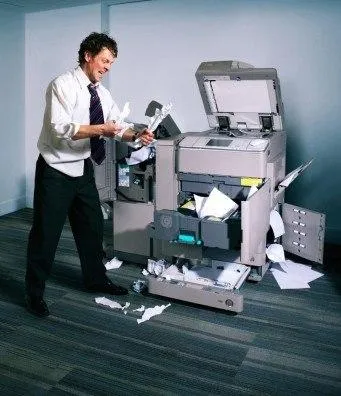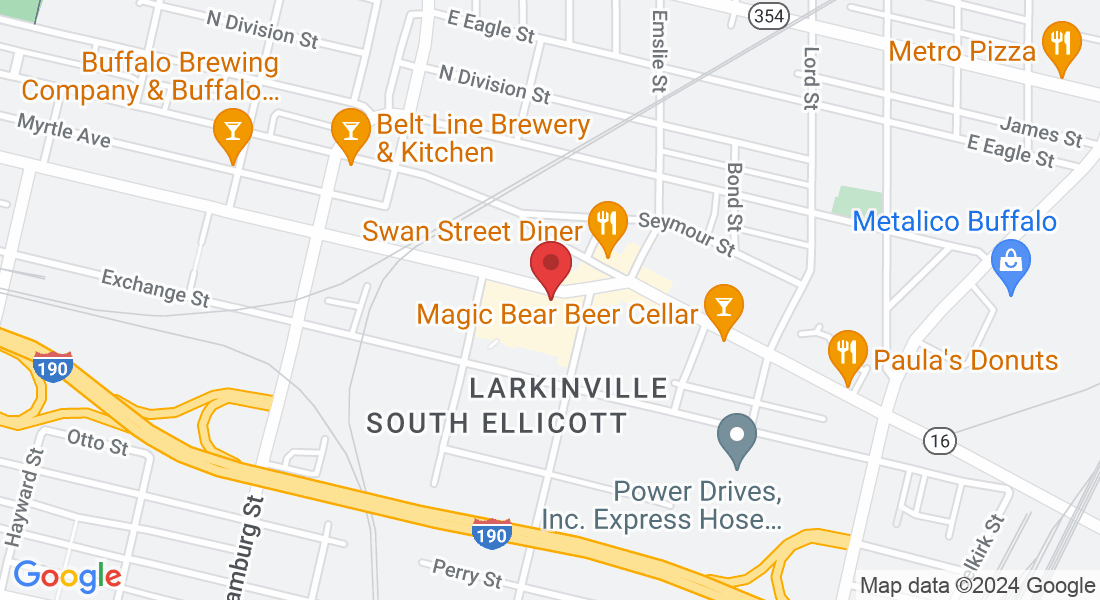BLOG

Beginner's Essential Guide to Copier Machine Maintenance
Beginner's Essential Guide to Copier Machine Maintenance
Introduction to Copier Machine Maintenance
In any office setting, copiers and printers are essential pieces of equipment, often crucial for day-to-day operations. However, their importance is usually only recognized when they break down. Regular maintenance is key to ensuring these machines run efficiently, stay reliable, and last longer. With basic maintenance practices, many common issues can be avoided, reducing downtime and extending the lifespan of the copier.
By performing routine care, whether through in-house efforts or by hiring a professional service, you can prevent frequent breakdowns, improve copier performance, and protect your investment in office equipment.
Understanding Copier Components
To maintain a copier effectively, it's important to familiarize yourself with its key components:
Paper Tray – Ensure the tray is aligned correctly, free from dust, and not overfilled.
Toner Cartridge – Replace it when necessary and clean up any spills immediately.
Copier Glass – Clean this regularly with the appropriate cleaner to prevent streaks and ensure clear copies.
Common mistakes, like overfilling the paper tray, using incorrect paper types, or mishandling the toner, can accelerate wear and tear. Educating your team on proper copier usage will help reduce these issues.
Daily Maintenance Practices
Daily maintenance is crucial for keeping your copier in good working condition. Key practices include:
Cleaning the Machine – Wipe down the exterior and copier glass with a soft cloth and a suitable cleaner to prevent dust buildup and ensure the clarity of your prints.
Proper Shutdown and Startup – Always follow the manufacturer’s instructions when turning the copier on or off. Improper power cycling can strain the machine’s components.
Regular Inspection – Look for visible issues like paper jams, low toner levels, or error messages. Addressing these issues quickly can prevent further damage.
Dealing with Common Copier Issues
Even with regular maintenance, copiers may face common problems like paper jams, poor print quality, or overheating.
Paper Jams: To resolve a jam, carefully remove the jammed paper by following the manufacturer's guidelines to avoid causing further damage.
Poor Print Quality: This issue could arise from low toner, dirty copier glass, or incorrect paper. Regular cleaning and timely replacement of toner can help maintain print quality.
Overheating: Ensure your copier is placed in a well-ventilated area, away from direct sunlight. Persistent overheating may require professional attention.
Preventative Maintenance
Preventative maintenance involves scheduled inspections and servicing to catch potential issues before they escalate. This type of maintenance helps keep your copier functioning optimally and extends its lifespan.
Scheduled Inspections – Regularly inspect the copier for signs of wear and tear. Depending on how often the copier is used, aim for weekly or monthly checks.
Regular Servicing – Consider setting up a service agreement with a professional technician to handle routine servicing, part replacements, and troubleshooting.
Benefits – Preventative maintenance reduces downtime, lowers repair costs, and ensures your copier stays in good working condition, ultimately saving you money.
Advanced Copier Maintenance Practices
If you're managing a large office or complex machines, more advanced practices may be necessary. Consider these approaches for keeping your copier in top form:
Maintenance Agreements – A maintenance agreement with a service provider ensures that your copier is regularly serviced and that parts are replaced when needed. This agreement can save money by preventing expensive repairs and minimizing downtime.
Advanced Troubleshooting – Many modern copiers come with built-in diagnostic tools. These tools can help you identify error codes, check consumable statuses, and monitor machine health. Familiarize yourself with these features to troubleshoot issues quickly.
Common Error Codes – Learn the meaning of common error codes, such as those indicating paper jams, low toner, or issues with the ink cartridge. This knowledge will help you address issues before they require professional intervention.
Sustainability and Eco-Friendly Copier Practices
In today’s environmentally conscious business world, sustainability should also be considered in copier machine maintenance. Implementing green practices not only helps the environment but can also save costs.
Energy Efficiency – Many modern copiers come with energy-saving features, like sleep mode or automatic shutoff. These can significantly reduce your office’s energy consumption.
Recycling Consumables – Many copier manufacturers offer recycling programs for used toner cartridges and other parts. Participating in these programs helps reduce waste.
Eco-Friendly Printing – Encourage practices like double-sided printing, and use recycled paper when possible, to reduce your office's environmental footprint.
Signs That Your Copier Needs Maintenance
Certain signs indicate that your copier may need attention:
Frequent Paper Jams: If paper jams occur more often than usual, it may signal a mechanical issue or a need for routine maintenance.
Poor Print Quality: Streaks, lines, or faded text on prints can indicate problems with the toner, copier glass, or other parts of the machine.
Unusual Noises: Any abnormal sounds, such as grinding or clicking, may suggest internal component issues that require professional servicing.
Error Codes: If the copier displays error codes, it’s time to troubleshoot or call for help from a technician.
By staying alert to these signs and addressing them early, you can prevent major malfunctions and extend the life of your copier.
How to Clean a Copier Properly
Regular cleaning is essential for maintaining copier performance. Here’s how to clean different parts of the machine:
Exterior: Use a soft, lint-free cloth and a mild detergent or office equipment cleaner to wipe down the copier.
Copier Glass: Clean the glass with a glass cleaner designed for copiers or scanners. Apply the cleaner to a soft cloth, not directly to the glass, to avoid damage.
Paper Tray: Keep the paper tray clean and free of dust. Adjust the paper guides to match the size of the paper you're using.
Toner Reservoir: If you’re comfortable doing so, clean around the toner area carefully. Use a special toner vacuum or cloth to clean the area without causing spills.
Always consult the copier’s manual for specific cleaning guidelines. If you’re not confident cleaning certain parts, consider hiring a professional technician to do it.
Conclusion
By implementing regular maintenance practices, including daily cleaning, proper handling, and timely servicing, you can keep your copier machine running efficiently for years. Preventative measures, such as regular inspections and servicing agreements, can further extend the copier’s lifespan and reduce repair costs. Additionally, adopting eco-friendly practices helps reduce your office's environmental impact while keeping operational costs in check.
Ultimately, a well-maintained copier machine is an essential tool for productivity and a vital asset in a well-managed office. Whether you're handling maintenance in-house or relying on professionals, staying on top of care will ensure your copier continues to deliver high-quality results day after day.
Copyright © 2024. QLS Solutions Group. All Rights Reserved | Terms & Conditions | Privacy Policy






